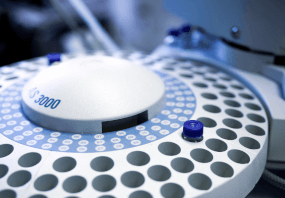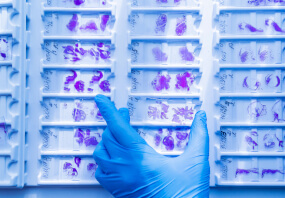General description
The gene LAMA2 (laminin-2) encodes a protein belonging to a large family of heterotrimeric glycoproteins called laminins. It contains a large globular C-terminal domain that binds to dystroglycan and integrin α7β1 cell receptor specific for myofibers. The amino terminal domain associates with other laminins during the formation of protein meshwork that is involved in the basal membrane supramolecular assembly. The gene is mapped to human chromosome 6q22.33.
Laminin, the most abundant structural and biologically active component in basement membrane, is a complex extracellular glycoprotein of 700-900 kDa that plays an important role in many aspects of the cell biology. It is composed of one α chain (approx. 400 kDa, previously called A chain) one β chain (215 kDa, B1) and one γ chain (205 kDa, B2), held together by disulfide bonds.
Anti-Laminin-2 (α-2 Chain) antibody, Rat monoclonal (rat IgG1 isotype) is derived from the 4H8-2 hybridoma produced by the fusion of rat myeloma cells and splenocytes from a Lewis rat immunized with mouse heart laminin-2.1 The antibody is purified from the culture supernatant of hybridoma cells grown in a bioreactor. Anti-Laminin-2 (α-2 Chain) antibody, Rat monoclonal reacts specifically with mouse1 and human2, laminin-2. The epitope recognized by the antibody resides in the N-terminal portion of the α2 chain of laminin.
Specificity
The epitope recognized by the antibody resides in the N-terminal portion of the α2 chain of laminin.
Immunogen
Mouse heart laminin-2
Application
Anti-Laminin-2 (α-2 Chain) antibody, Rat monoclonal has been used in immunofluorescence and immunohistochemistry.
Biochem/physiol Actions
Laminins are glycoproteins that function in extracellular matrix architecture, cell adhesion, differentiation, and neurite outgrowth. Mutations in the gene LAMA2 (laminin-2) leading to either partial deficiency or complete absence of laminin α2 have been associated with limb-girdle muscular dystrophy (LGMD), characterized by severe, early-onset congenital muscular dystrophy to mild, later childhood-onset limb-girdle type muscular dystrophy, hypotonia with muscle weakness at early infancy, poor spontaneous movements with contractures of the large joints, and weak cry along with respiratory dysfunction.
Physical form
Solution in phosphate buffered saline, pH 7.4, containing 15 mM sodium azide.
Preparation Note
Purified from the culture supernatant of hybridoma cells grown in a bioreactor.
Storage and Stability
For continuous use, store at 2-8 °C for up to one month. For extended storage, freeze in working aliquots. Repeated freezing and thawing, or storage in "frostfree" freezers, is not recommended. If slight turbidity occurs upon prolonged storage, clarify the solution by centrifugation before use. Working dilution samples should be discarded if not used within 12 hours.
Disclaimer
Unless otherwise stated in our catalog or other company documentation accompanying the product(s), our products are intended for research use only and are not to be used for any other purpose, which includes but is not limited to, unauthorized commercial uses, in vitro diagnostic uses, ex vivo or in vivo therapeutic uses or any type of consumption or application to humans or animals.
Shipping Information:
Dry Ice Surcharge & Ice Pack Shipments: $40
More Information: https://cenmed.com/shipping-returns
- UPC:
- 41106610
- Condition:
- New
- Availability:
- 3-5 Days
- Weight:
- 1.00 Ounces
- HazmatClass:
- No
- MPN:
- L0663-.1ML
- Temperature Control Device:
- Yes












